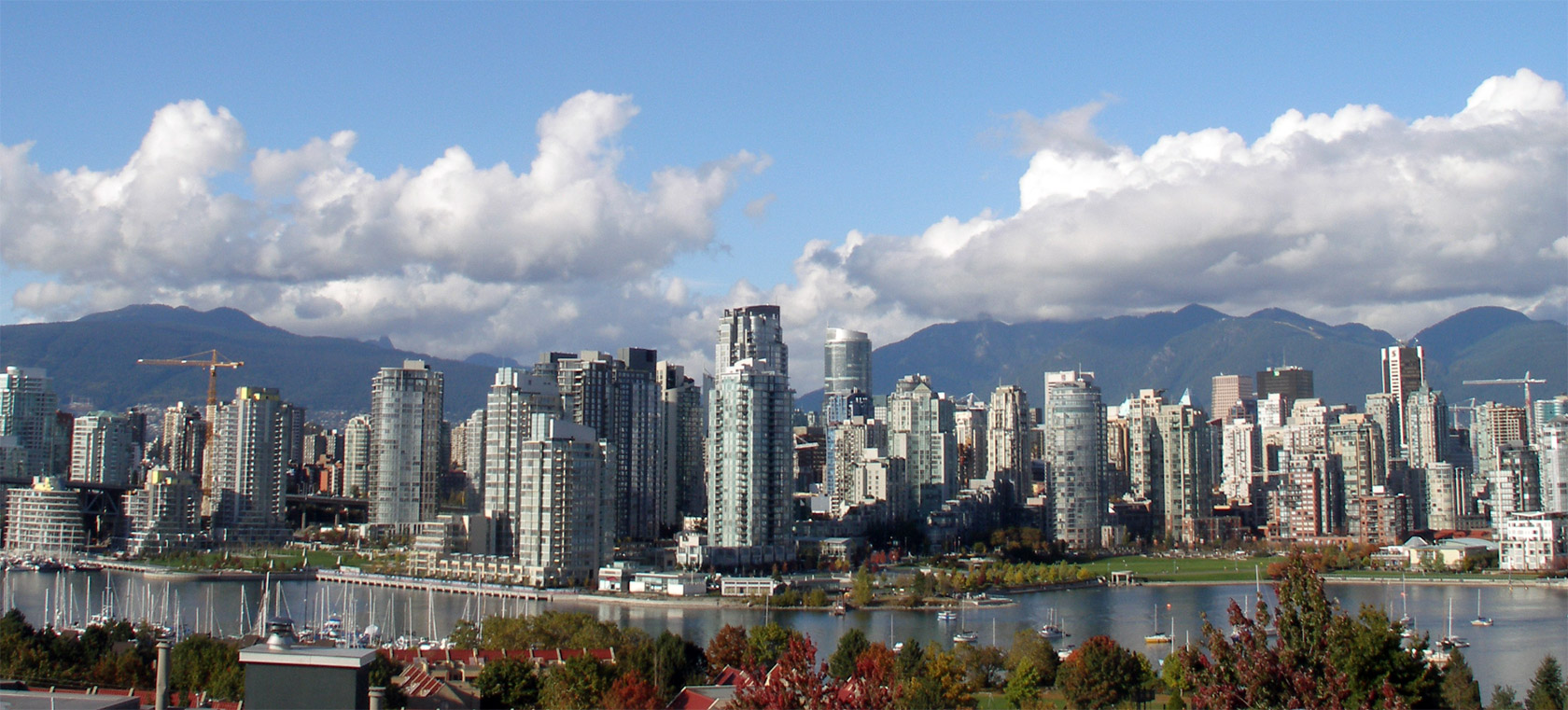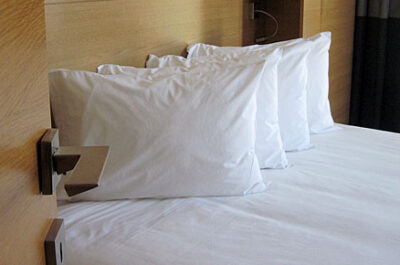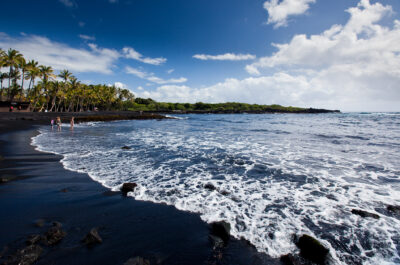
In December specifically, Canada followed its typical seasonal trend with slightly lower occupancy and RevPAR performance than November, but improved comparisons to 2019: occupancy (+8.4% to 53.3%), ADR (+16.0% to CAD178.15) and RevPAR (+25.7% to CAD95.00).
HENDERSONVILLE, TENNESSEE — Canada’s hotel average daily rate (ADR) and revenue per available room (RevPAR) were the highest for any year on record, according to STR‘s 2022 data.
2022 (percentage change from 2019)
- Occupancy: 61.1% (-6.0%)
- Average daily rate (ADR): CAD181.73 (+10.0%)
- Revenue per available room (RevPAR): CAD111.06 (+3.5%)
In December specifically, Canada followed its typical seasonal trend with slightly lower occupancy and RevPAR performance than November, but improved comparisons to 2019: occupancy (+8.4% to 53.3%), ADR (+16.0% to CAD178.15) and RevPAR (+25.7% to CAD95.00). During the month, hoteliers benefited from strong group demand related to the United Nations Biodiversity Conference (COP 15) in Montreal and a resurgence in holiday parties.
“Canada’s hotel industry showed exceptional recovery in 2022,” said Laura Baxter, CoStar Group’s director of hospitality analytics for Canada. CoStar Group is the parent company of STR.
“Not only did ADR and RevPAR return to pre-pandemic levels, which was much faster than originally anticipated, but both metrics also reached record highs,” Baxter said. “The room-rate-led recovery proved to be a winning strategy that resulted in a rebound that was quicker than previous downturns and provided stronger profits for many. The other key driver of recovery was strong transient leisure demand, as households used savings from earlier in the pandemic to supplement travel and hotel spending. Occupancy approached or surpassed 2019 levels in the second half of the year, but due to a much slower start as the omicron wave hit, the full-year level lagged, down 6% compared to 2019. Certain segments have fallen behind others such as corporate hotel demand as it evolves alongside work trends. Demand from international source markets had also been slower to recover – in line with the unwinding of pandemic-related restrictions at the border.”
Among the provinces and territories, British Columbia recorded the highest 2022 occupancy level (66.5%), which lagged the pre-pandemic comparable by 4.5%.
Among the major markets, Vancouver recorded the highest occupancy (72.9%), which was 8.2% behind 2019.
New Brunswick (54.7%) saw the lowest occupancy among provinces, down 8.1% against 2019. At the market-level, the lowest occupancy was reported in Edmonton (51.8%) which was 4.1% below the 2019 comparable.
“Although Canada is expected to enter a moderate recession in 2023, the outlook for the country’s hotel industry remains positive, with more recovery set to take place. Bucking the trend from last year, year-on-year occupancy growth is anticipated to take the leading position, while ADR growth is forecast to pull back but remain in positive territory,” Baxter said.
Tatiana is the news coordinator for TravelDailyNews Media Network (traveldailynews.gr, traveldailynews.com and traveldailynews.asia). Her role includes monitoring the hundreds of news sources of TravelDailyNews Media Network and skimming the most important according to our strategy.
She holds a Bachelor's degree in Communication & Mass Media from Panteion University of Political & Social Studies of Athens and she has been editor and editor-in-chief in various economic magazines and newspapers.

































































































































































































